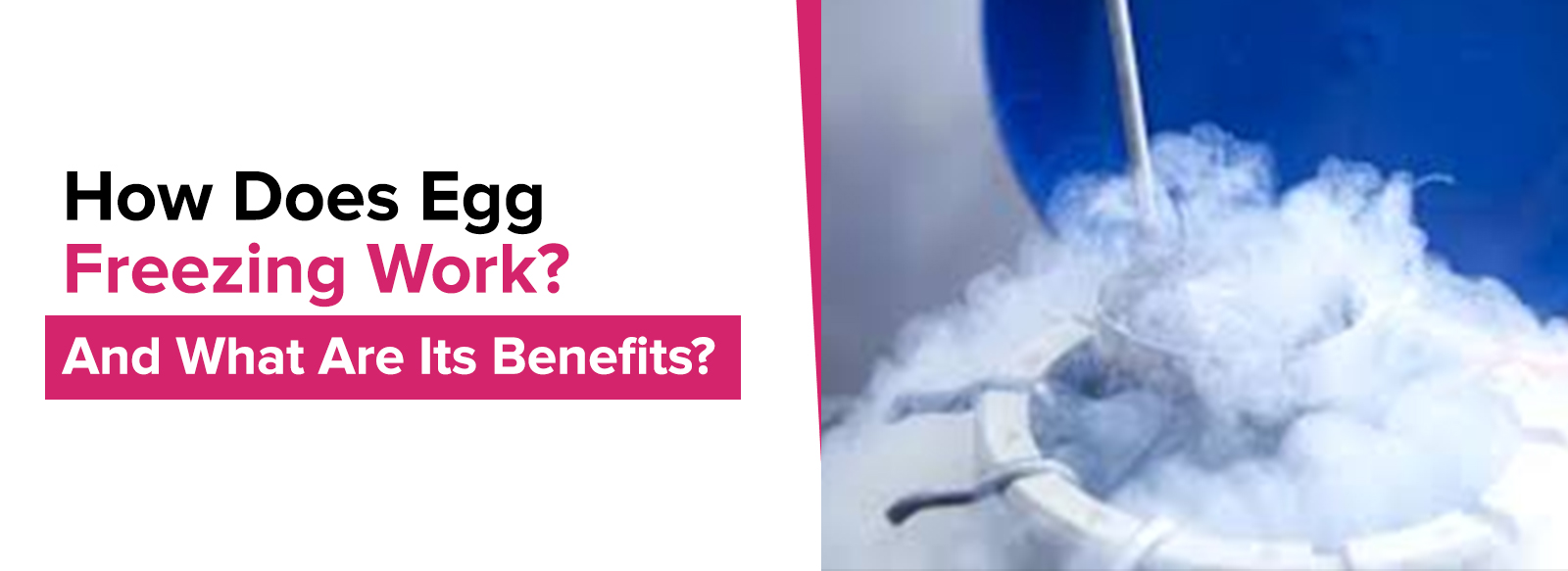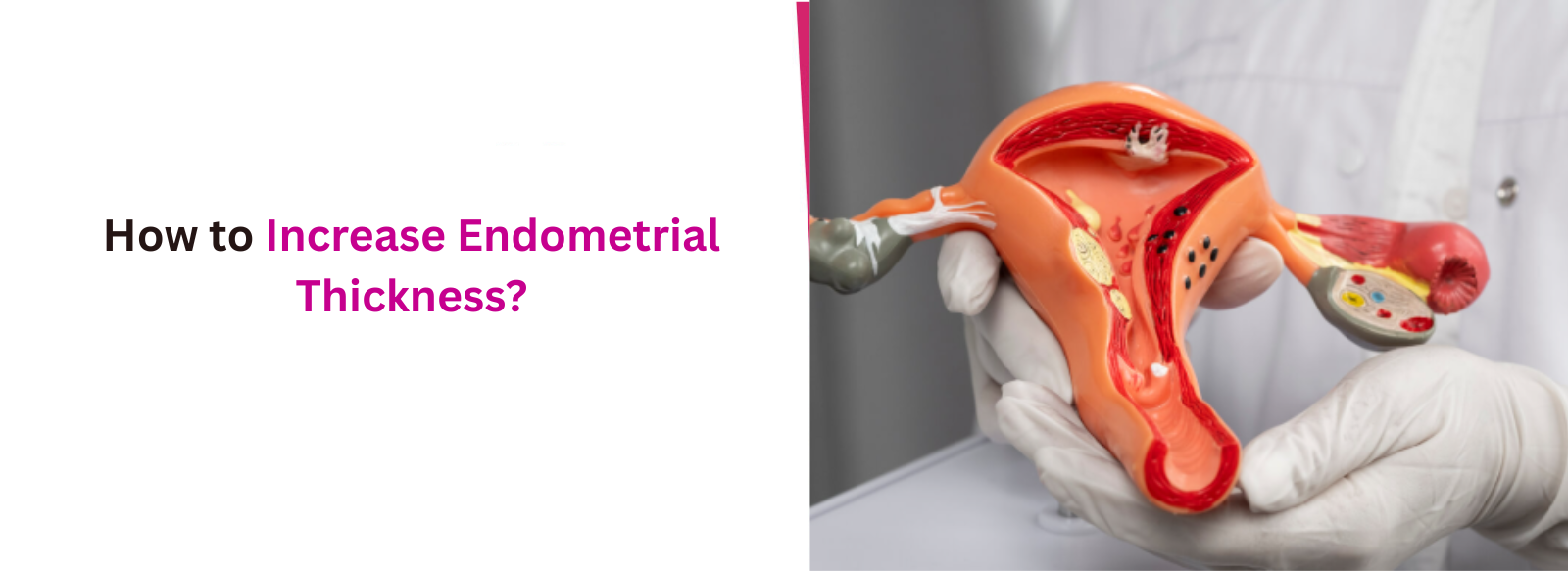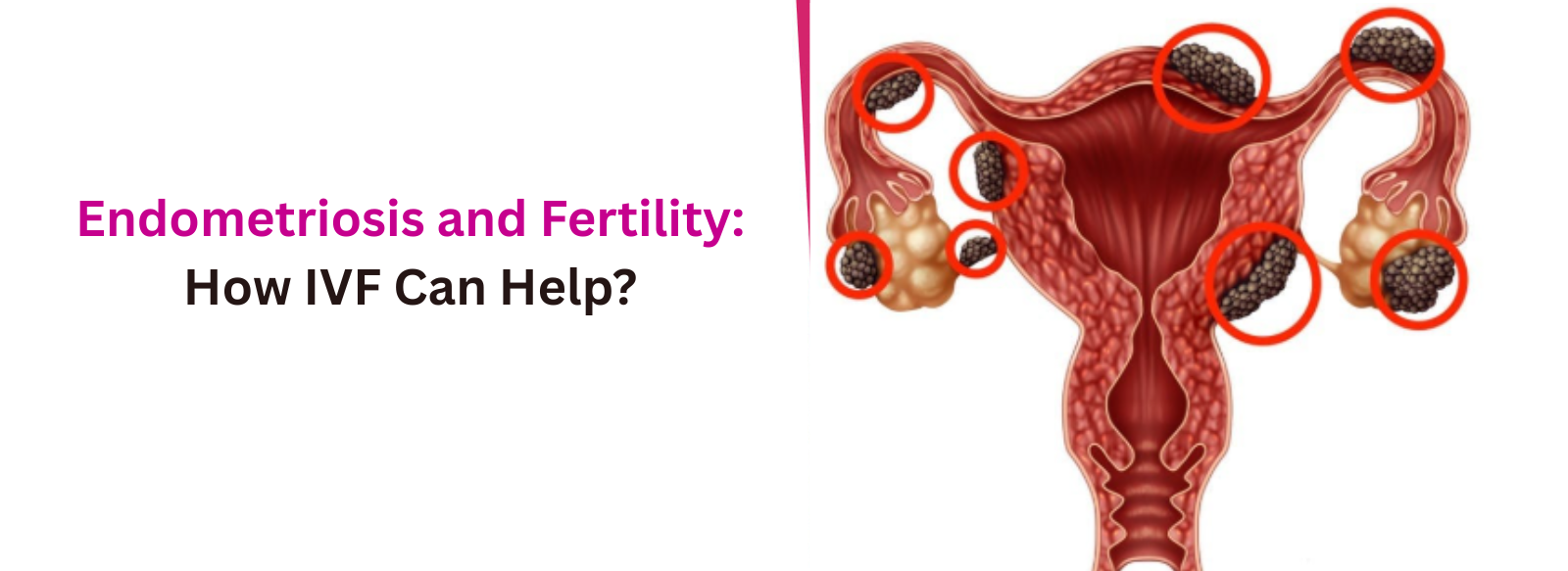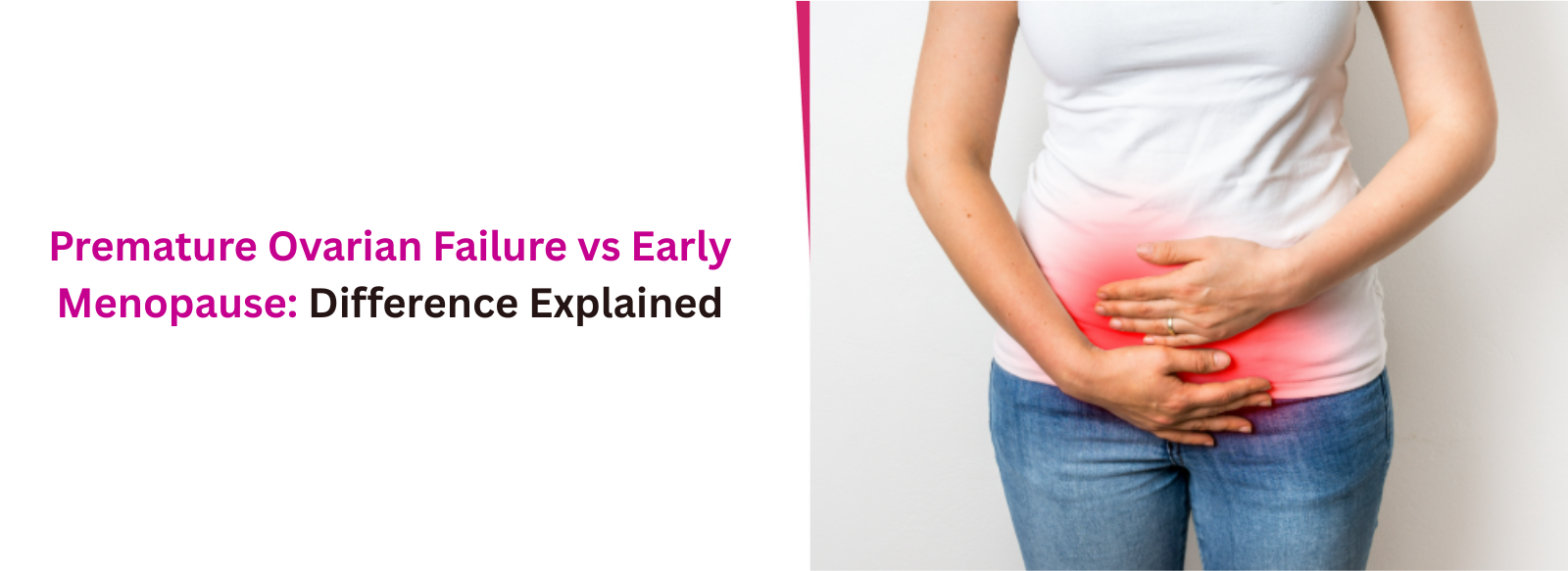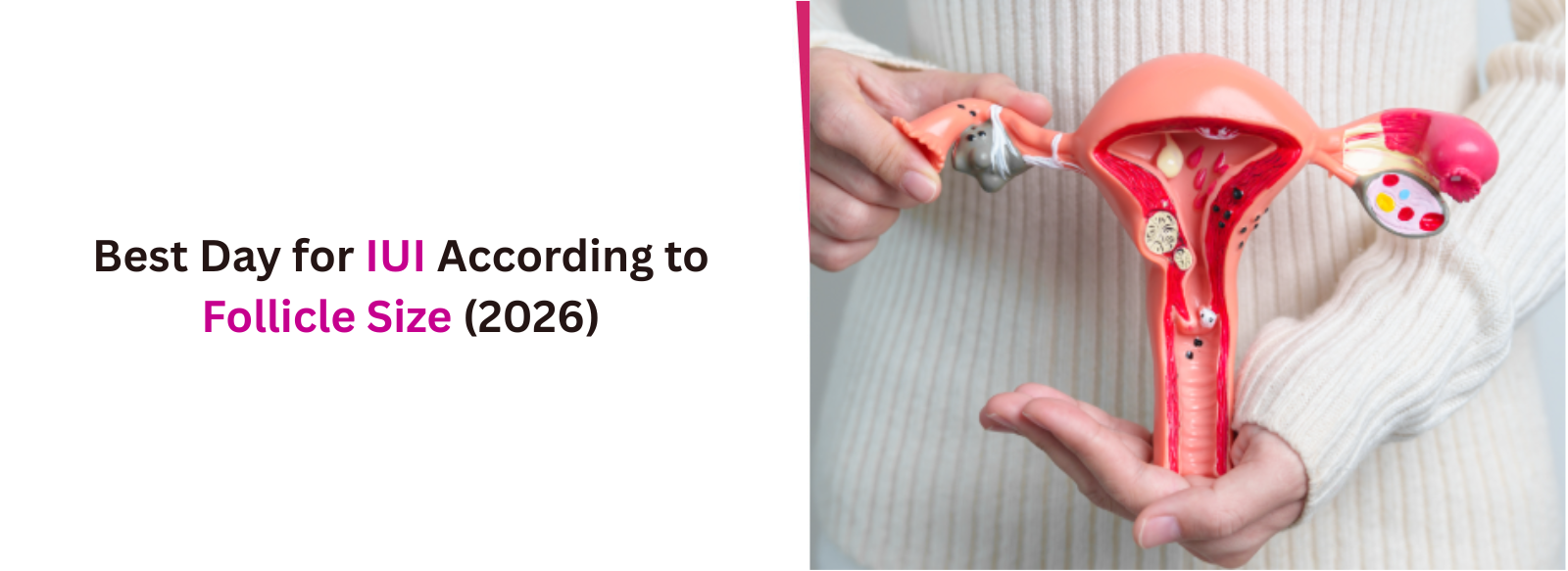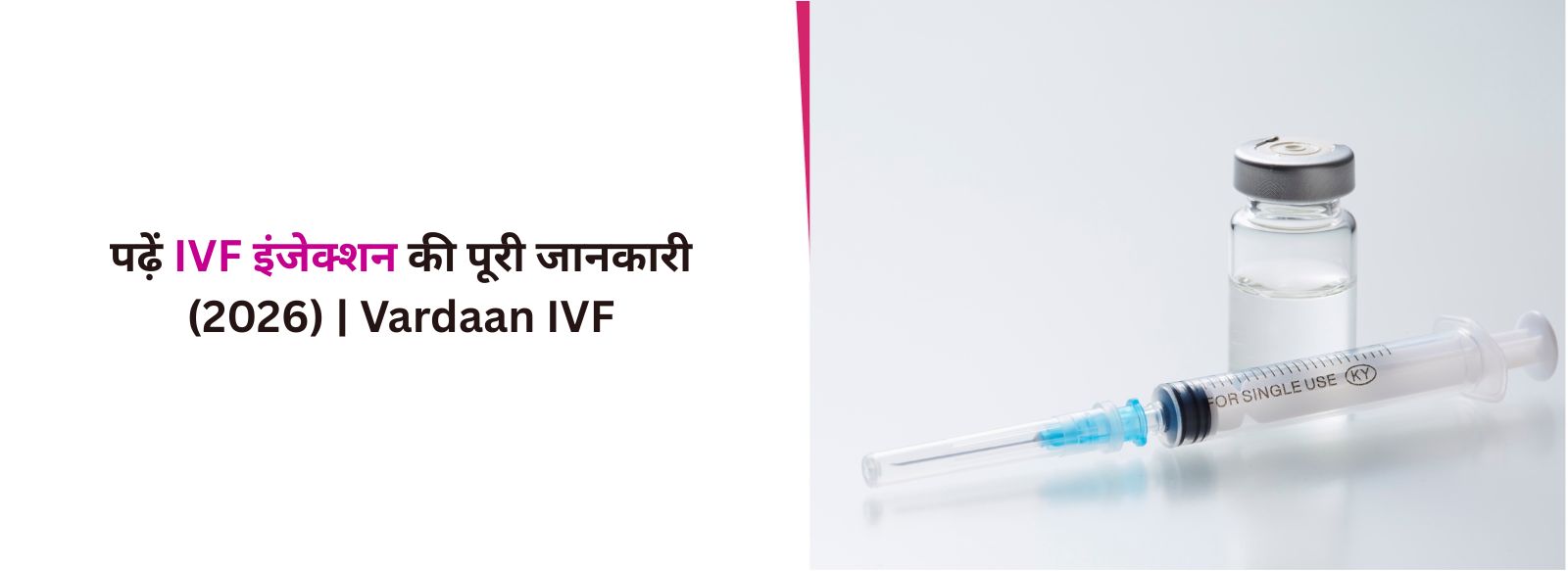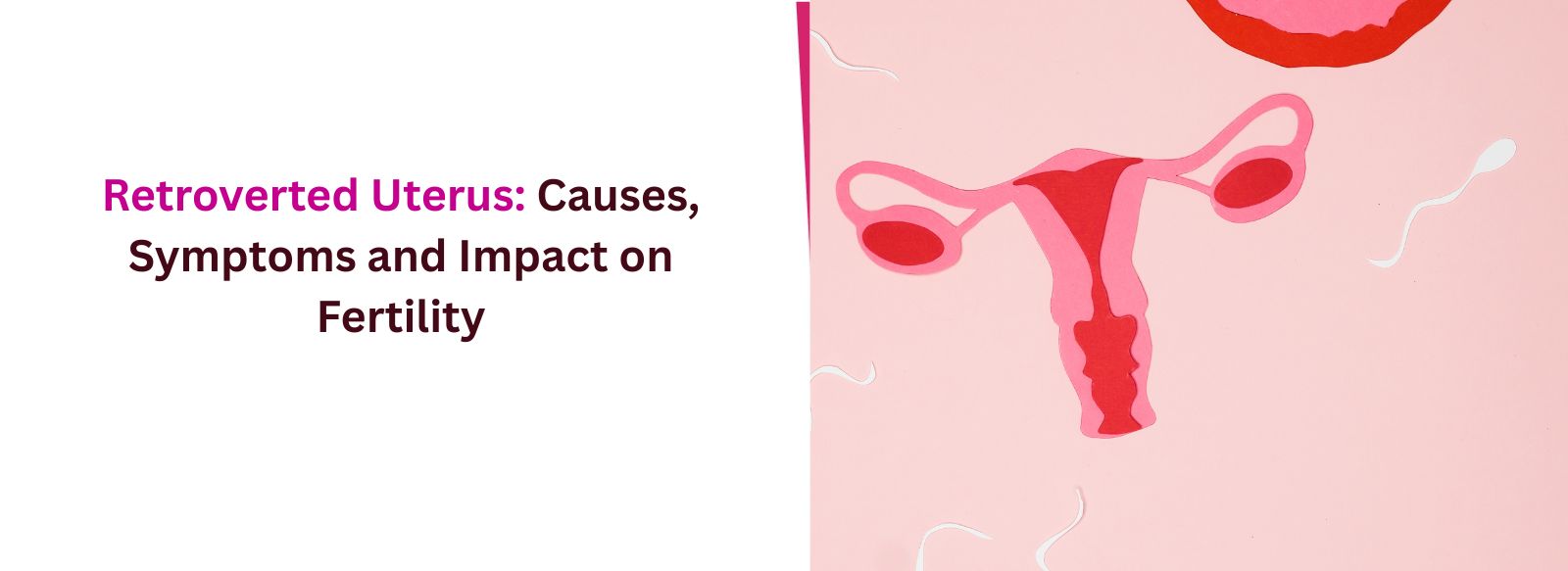What Is Egg Freezing?
Egg freezing is a fertility preservation method that involves harvesting a woman’s eggs, freezing them, and storing them for future use. When the woman is ready to conceive, the eggs can be thawed, fertilized with sperm in a lab, and implanted in the uterus as part of an in vitro fertilization (IVF) procedure.- Cryopreservation Technology: The process of freezing the eggs involves rapid cooling techniques, such as vitrification, to prevent the formation of ice crystals that could damage the eggs. This method allows the eggs to be stored indefinitely without losing their viability.
- Fertility Preservation: Egg freezing is a form of fertility preservation, providing women with more control over their reproductive timeline. It’s particularly beneficial for those who may face fertility challenges in the future or who wish to delay pregnancy.
How Does Egg Freezing Work?
The egg freezing process involves several steps, typically spread over a few weeks. Here’s a breakdown of how it works:1. Initial Consultation and Ovarian Reserve Testing
Before beginning the egg freezing process, a consultation with a fertility specialist is necessary. During this initial visit, the specialist will assess your ovarian reserve, which refers to the quantity and quality of your eggs.- Ovarian Reserve Tests: Blood tests and an ultrasound are commonly used to evaluate ovarian reserve. Tests such as Anti-Müllerian Hormone (AMH) levels and antral follicle count provide insights into the number of eggs available for retrieval.
- Personalized Plan: Based on the results, the specialist will create a personalized treatment plan that includes a timeline for the egg freezing process.
2. Ovarian Stimulation
The next stage is ovarian stimulation after the treatment plan has been determined. This involves taking hormone injections to encourage the ovaries to produce multiple eggs in a single menstrual cycle.- Hormone Injections: Over the course of 10-14 days, you’ll administer daily injections of hormones such as Follicle-Stimulating Hormone (FSH) and Luteinizing Hormone (LH). These hormones stimulate the ovaries to mature multiple eggs simultaneously.
- Monitoring: Regular visits to the fertility clinic are required for blood tests and ultrasounds to monitor the growth and development of the follicles (fluid-filled sacs containing the eggs). The specialist will adjust the medication dosage as needed to optimize egg production.
3. Egg Retrieval
When the follicles have reached the appropriate size, the next step is egg retrieval. A sedative or anesthesia is used during this minimally invasive procedure.- Procedure: Using ultrasound guidance, the specialist inserts a thin needle through the vaginal wall and into each ovary to retrieve the eggs. For most patients, the procedure takes 20 to 30 minutes on average, and they can go back home the same day.
- Number of Eggs Retrieved: The number of eggs retrieved can vary depending on your age and ovarian response to stimulation. On average, 10-20 eggs may be collected, although this can differ from person to person.
4. Egg Freezing (Cryopreservation)
After retrieval, the eggs are immediately evaluated for quality and maturity. Mature eggs are then prepared for freezing using vitrification, a rapid freezing process that prevents ice crystal formation.- Vitrification Process: The eggs are treated with a cryoprotectant solution to protect them during freezing. They are then rapidly cooled to sub-zero temperatures and stored in liquid nitrogen at -196°C.
- Storage: The frozen eggs can be stored indefinitely, allowing women to use them when they’re ready to conceive.

